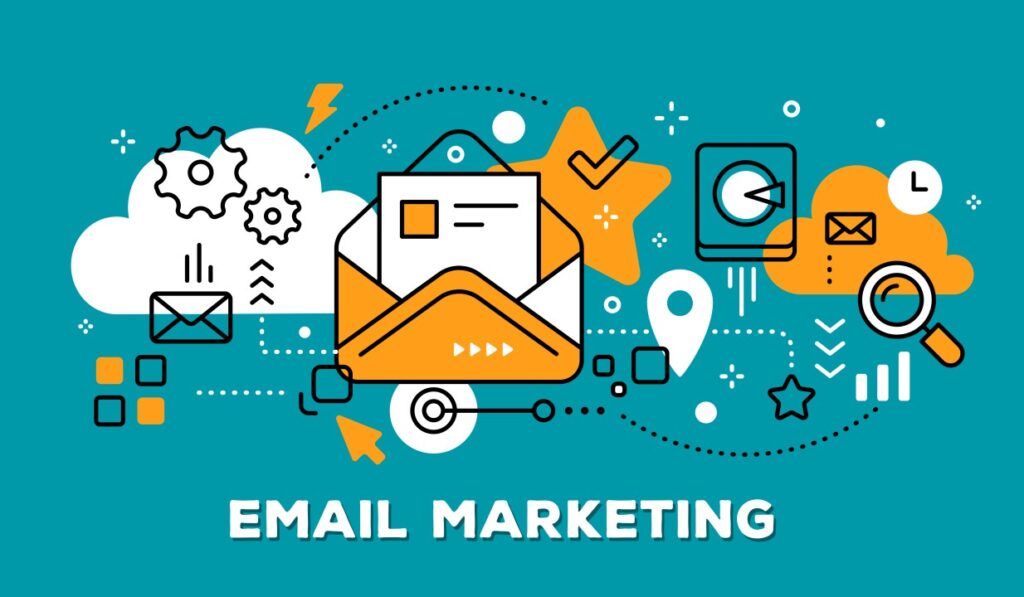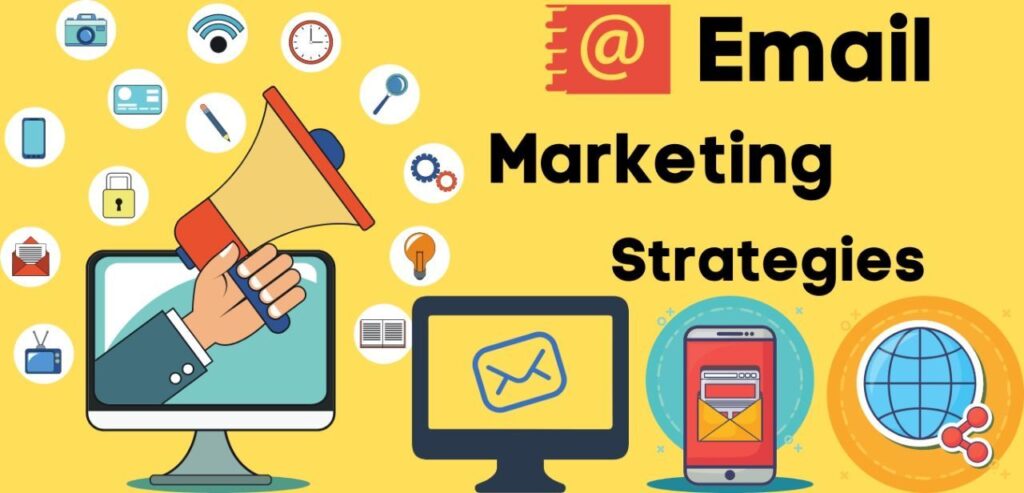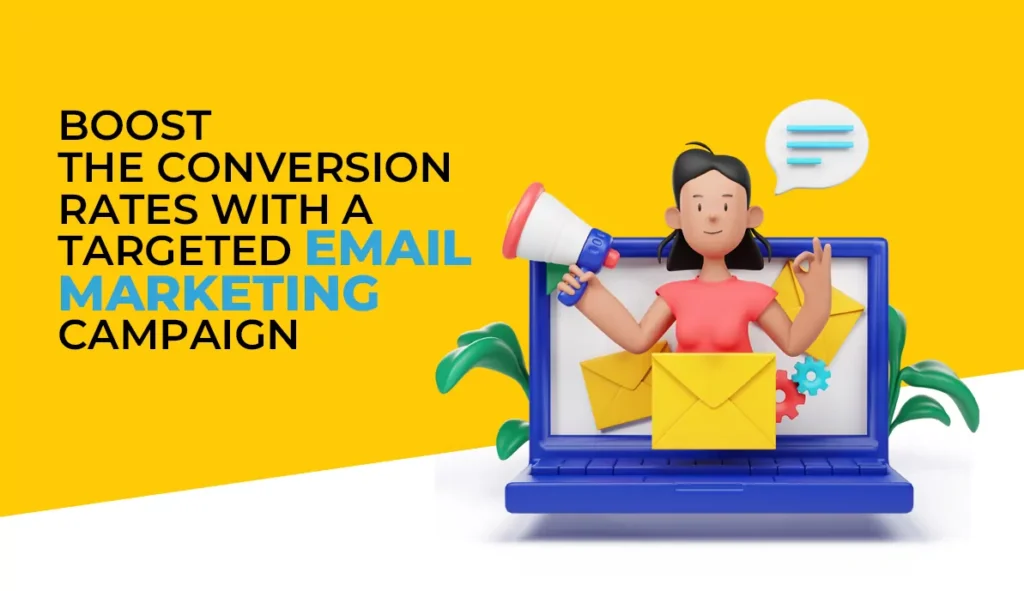Introduction
Today’s successful D2C brands use email marketing strategies as precision instruments for customer engagement, personalization, and revenue generation. This guide will serve as your comprehensive road map, offering proven advice and advanced knowledge of the best strategies. Together, we’ll delve deep into how leading brands achieve success beyond traditional marketing methods. These top-performing brands excel at driving repeat customer interactions and increasing revenues through reliable, sustainable revenue streams.
From advanced segmentation techniques to AI-powered personalization, from crafting irresistible subject lines to designing email journeys that feel like one-to-one conversations, we’ll unpack the exact methodologies that distinguish successful D2C brands from the rest. Whether you’re a startup looking to establish your first email marketing strategy or an established brand seeking to optimize your current approach, this guide offers actionable, data-driven insights that can immediately impact your bottom line.
Prepare to reimagine email marketing for D2C as more than just a tool—it’s a critical component of your brand’s success story. The insights you’ll discover here can be the difference between blending in and standing out in today’s hyper-competitive digital ecosystem.
Benefits of Email Marketing for D2C Brands

Email marketing is an effective way through which D2C brands can build meaningful relationships with their customers while driving measurable business outcomes. It offers a direct, personalized, and impactful way to connect with the audience and generate sales. Here are some key benefits
1. Direct Communication:
D2C brands can connect directly with their audience and drive sales without intermediaries. By understanding and implementing the benefits of email marketing for D2C, you can significantly enhance your brand’s reach and customer engagement. This direct channel allows you to deliver timely and relevant messages that resonate with your audience’s needs and preferences.
2. Cost-Efficiency:
Email marketing is far more affordable than traditional marketing methods such as television, print, or outdoor advertising. With minimal investment, you can reach a large audience and generate substantial returns. Targeted campaigns maximize results by allowing you to allocate your budget efficiently, ensuring high ROI while reducing waste.
3. Customer Retention:
Email marketing helps build long-term customer relationships. Personalized newsletters, exclusive offers, and loyalty programs keep your brand top-of-mind and encourage repeat purchases. By researching customer preferences and conveying tailored content that reflects their interests, you foster loyalty and advocacy. These strategies not only improve customer retention but also drive word-of-mouth recommendations.
4. Increased Conversions:
Well-crafted email campaigns can significantly boost conversions and sales. Engaging subject lines, persuasive copy, and clear calls to action inspire readers to take action—whether it’s making a purchase, signing up for a newsletter, or attending a webinar. Personalization, such as tailored product recommendations or exclusive promotions, further enhances the effectiveness of your campaigns, leading to higher customer satisfaction and better conversion rates.
Building an Email List for Email marketing for D2C Brands
1. Lead Magnets:
Lead magnets are incentives given to potential customers for sharing their email addresses. Exclusivity, like offering an exclusive discount, free shipping, early access to new items, or a free e-book, checklist, or template, may work well. Anything that provides value will make it much easier to boost email list growth and nurture long-term customer relationships. You can directly communicate with your target audience, develop relationships, and drive sales by building a loyal and engaged subscriber base.
2. Pop-ups & Website Forms:
Offer exclusive discounts, coupons, or early access to new products for email subscribers. Free e-books, whitepapers, or templates can also be offered in exchange for email addresses. Create and provide tailored recommendations, quizzes, or style guides to appeal to visitors’ interests. Place sign-up forms strategically on your site, such as on the home page, product pages, and checkout page.
3. Incentivized Social Media Campaigns:
Share contests and giveaways on social media and ask them for an email to get entered. Reward your existing customer to refer his friends and family with offers such as discounts or special offers for them. Targeting social media marketing & ads to capture leads by advertising your list. Create paper sign-up sheets or tablets to be put up inside your physical stores. Place QR codes on packaging or in-store signage that will direct them to your sign-up page.
Email Marketing Strategies for D2C Brands

1. Welcome Emails:
A fine welcome email sequence is great for setting the tone on your customer relationships. Address your subscribers by name and welcome them to your brand community. Clearly communicates the benefits of subscribing on your email list. Offer them a discount code, free shipping, or exclusive access on new products
2. Abandoned Cart Emails:
Recovered lost sales with abandoned cart emails. The first email should be sent immediately after the cart abandonment. Remind the customer of the items left behind and include a personalized product recommendation. Use a strong call-to-action, such as “Complete Your Purchase.”
3. Product Launch Emails:
Create excitement and anticipation for new product launches with well-timed email campaigns. Give a series of teaser email messages, hinting at the upcoming product and release date. Use an independent announcement email whose intent is to introduce the product launched at hand and the top most features and benefits associated with it. Create urgency by providing exclusive offers that are relevant for a particular time
4. Post-purchase emails:
Push them the complementary products or high value version of that product they just purchased. Request their reviews to enhance your products and also to create a social proof. You could get excellent feedback and reviews from the email campaigns.
5. Customer Feedback & Reviews:
Get the surveys on the satisfaction level of the customer. With the product as well as the purchase experience. Write emails requesting them to give reviews about your website and third-party platforms as well.
Personalization in Email Marketing for D2C Brands
Personalization is the way to successful email marketing for D2C brands. Campaigns would be much stronger. Along with much higher engagement and conversion rates. If personalized based on individual preferences and behaviors.
1. Segmentation:
This can be segmented according to various criteria. For example, based on purchase history, browsing behavior, location, and so on. You can then transmit targeted and relevant messages. You can send personalized product recommendations, discounts and content to the right customers based on their interests.
2. Dynamic Content:
Dynamic content allows you to personalize email content based on individual user data. This way, you can maximize the chances of conversion and minimize cart abandonment by using personalized product recommendations.
3. Personalized Subject Lines:
A well-crafted subject line can make or break your email campaign. You can generate more relevant and engaging subject lines with personalization. Consider using the recipient’s name, reference a previous buy or highlight a specific product recommendation.
4. Behavioral Triggers:
Actually, emails that are sent because of actions taken by people. Like signing up to your newsletter, buying from you, or abandoning their cart. Can really skyrocket engagements and conversion rates. You’d be able to understand the behavior of customers better and forward the right and timely emails that can help push results.
Email Marketing Automation for D2C Brands
1. Automated Welcome Series:
That really help streamline their efforts to get better results. You save time because repetitive tasks are automated to create quality content. Another idea is to use a perfectly crafted welcome email series; this is the best welcome to your brand and its sales. You can automate your process by creating a group of emails triggered once upon subscription. The following includes some examples.
2. Re-engagement Campaigns:
A nice welcome email with a unique message and discount code. Product introduction in an email showing the house best-selling products. A blog post or tutorial that has value and establishes your brand as an authority.
3. Birthday & Anniversary Emails:
A series of emails reminding the customer of items left in their cart. Target customers who have not made a purchase after a certain period of time with exclusive offers or personalized recommendations. Personalize your relationships with customers by sending them birthday and anniversary emails. You can automate these email campaigns by setting up a workflow that triggers on a specific date.
4. Drip Campaigns:
A drip campaign is the sequence of auto-emails sent at an interval to the subscriber list. Drip campaigns can be used for lead nurturing, educating customers about product offerings, or promoting new products. You may create a drip campaign wherein, for example, subscribers that newly subscribe get welcomed and introduced to the brand. The best-selling items on your website would then come up, followed by offers of exclusive discounts on select items.
Best Practices for Email Marketing in D2C
Here are some of the best practices in email marketing for D2C to get the best from your campaign:
1. Optimize for Mobile:
Your messages should be friendly to mobile devices with continued growth of smartphone and tablet penetration. Use responsive design to make your emails fluid enough to adapt to the corresponding screens and keep text concise and easy to read on smaller devices.
2. A/B Testing:
You run A/B tests on optimizing a campaign in your email that can test elements of that email, whether it be the subject line, its content, or even at what time of day the email will go out-to determine what’s best. Data drives strategy that keeps refining the plan and actually improves the result over the course of time.
3. Clear CTAs:
A call-to-action also must be strong to initiate conversion. Use clear concise CTAs that will convince your audience to take necessary action. Whether it is related to buying, signing in for the newsletter, downloading some resource, etc. You must guarantee explicit consent from your subscribers, clearly offer them choices to unsubscribe, and of course, not spam.
4. Compliance:
This means that to retain a good sender reputation and to avoid legal issues, compliance with email marketing regulations, such as GDPR and CAN-SPAM, should be followed. Ensuring that the subscribers gave their explicit consent and also made sure that the option for unsubscribing was there is important. Spamming is strictly avoided. It will help build the audience’s trust and help retain the brand’s reputation.
Increasing Conversion Rates with Email Marketing for D2C

Use These Strategies to Boost Conversions from Your Email Marketing for D2C Campaigns:
1. Scarcity and Urgency:
Leverage time-sensitive promotions, such as flash sales or limited-edition discounts, to create a sense of urgency and drive immediate action. Keep your subscribers informed when popular items are running low on stock, motivating them to act quickly before they miss out.
2. Personalization Offers:
Use your customer data to suggest merchandise that aligns with their preferences and purchase profiles. Offer one-time-use exclusive discount or promo codes based on individual behavior. Generate email content that is dynamically created, tailored to the interests of the recipients and their past interactions.
3. Strong Calls-to-Action:
A good call-to-action is one of the most important factors which could help your conversion rates soar. Your CTAs need to be clear, concise, and compelling enough to make people act instantaneously. Instead of the “Shop Now” button, use a CTA that reads “Claim Your 20% Off Now.”
4. Social Proof:
Social proof can significantly influence a customer’s decision to purchase. Add customer testimonials, reviews, and user-generated content to your emails to boost trust and credibility. Feature positive feedback and demonstrate how satisfied customers have benefited from your products or services.
Conclusion
Email marketing for D2C is one of the most effective D2C tools for communicating with your audience, pushing sales, and creating loyal customers. The best approach for significant results is an engaging email campaign, personalized messaging, and automation.
Remember that email marketing for D2C is not an activity that’s done once but it’s something you continually plan, execute and analyze to keep on improving campaigns and push growth for your D2C brand. Keeping check of the latest trends and best practices will continue to help improve campaigns.
Ready to take your email marketing for D2C to the next level? Feel free to reach out for how our expertise can really help you or join our newsletter for more golden nuggets and tips.

